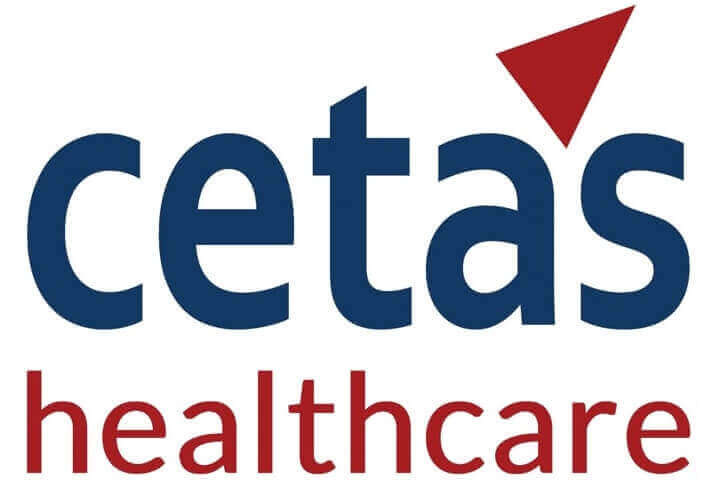X
‘Sufficient clinical data’ is a critical term used in the context of medical device regulations to describe the level of evidence required to demonstrate the safety and performance of a medical device. It refers to the quantity and quality of clinical evidence that a manufacturer must provide to support the conformity assessment and regulatory approval process for their device. In the European Union, the concept of “sufficient clinical data” is especially relevant under the European Union Medical Device Regulation (EUMDR) and the In Vitro Diagnostic Medical Devices Regulation (IVDR).
The following factors are considered when determining whether the clinical data is sufficient:
The clinical data must be sufficient to support the intended use of the device. This means that the data must be able to show that the device is safe and effective for its intended use. The data must also be able to show that the benefits of the device outweigh the risks. If the clinical data is not sufficient, the manufacturer may need to conduct additional clinical studies or collect more post-market surveillance data. The manufacturer will need to work with a notified body to determine the specific requirements for the clinical evaluation of the device.
Here are some examples of what would be considered sufficient clinical data for different risk classes of medical devices:
The quantity of clinical data refers to the volume of information collected from clinical investigations and/or real-world use of the medical device. The regulatory authorities expect manufacturers to provide an adequate number of subjects, cases, or samples to ensure statistical significance. The number of participants should be sufficient to draw meaningful conclusions about the device’s safety, performance, and effectiveness.
The quality of clinical data is equally essential and refers to the reliability, validity, and accuracy of the data collected. High-quality clinical data should be obtained through well-designed and properly executed clinical investigations or studies. Data should be collected using scientifically valid methodologies and under appropriate controls to minimize bias and ensure the data’s credibility.
Regulatory authorities assess the adequacy of clinical data by considering the study design. A well-designed clinical study should be prospective, controlled, and follow a clear and predefined protocol. Randomization, blinding, and appropriate control groups are examples of features that enhance the study’s quality and contribute to sufficient clinical data.
The choice of clinical endpoints is crucial for determining the success of a medical device in a clinical study. Clinical endpoints are the specific outcomes or measurements used to assess the device’s safety and performance. Regulatory authorities require manufacturers to select clinically relevant and well-defined endpoints that address the device’s intended use and indications.
Apart from pre-market clinical data, sufficient clinical data may also include post-market clinical follow-up (PMCF) data collected after the device has been placed on the market. PMCF data are valuable in providing ongoing insights into the device’s safety and performance in real-world conditions and can contribute to ensuring the device’s continued safety and effectiveness.
The level of clinical data required may vary based on the risk classification and complexity of the medical device. Higher-risk devices, such as implantable devices or devices used in critical interventions, generally require more extensive and robust clinical data to demonstrate their safety and performance compared to low-risk devices.
In summary, sufficient clinical data is the cornerstone of the regulatory approval process for medical devices. Manufacturers must carefully plan and execute clinical investigations or studies to collect a substantial volume of high-quality data that addresses the device’s safety, performance, and intended use. Compliance with the requirements for sufficient clinical data is essential to gain regulatory approval, ensure patient safety, and instil confidence in healthcare providers, patients, and regulatory authorities.


We provide the best insights for your business
